Medical devices transforming healthcare delivery
BY SRIDHAR PEREPA
R&D Services, MindTree Ltd.
http://www.mindtree.com/
The health of a nation is in direct relationship to the health of the citizens, and today the healthcare industry is undergoing a transformation in the way care is provided. Some of the factors driving these changes across the globe include: Increase in life expectancy, Prevention rather than treatment,
Technology breakthroughs and adoption
As life expectancy has increased across the globe, expenditure on healthcare has also increased, along with the expectation of performance from healthcare providers. In the information age, technically savvy citizens are aware of the health issues and impact of health issues. Hence, citizens like to be part of the care and also prefer prevention rather than cure.
To improve the delivery of healthcare under these demanding situations, the industry looks for the help of technology. Technological maturity coupled with constant innovation in electronics and software is transforming the healthcare industry to meet these challenges.
The ease of checking one’s blood glucose levels that are available today could not be imagined a few years ago. Similarly, the facilities for checking one’s blood pressure and other vital signs are now more readily available. These devices have also become more affordable and reliable. This has helped individuals monitor and control their ailments effectively in collaboration with their healthcare providers. The semiconductor industry has constantly innovated and fuelled this transformation by developing chips with integrated functionalities, complex DSPs and low-power chips.
Innovations in imaging
The constant innovation in electronics has now turned towards high-end equipment (medical imaging modalities) for providing healthcare. One such example is the Medical ultrasound modality. Medical ultrasound imaging began taking off for medical diagnostics in the late 1940s (http://www.ob-ultrasound.net/history1.html). There have been continuous innovations and improvements in ultrasound imaging (aka Echography or Medical ultrasonography), with technology advancements resulting in images that are real time, 3D/4D etc.
A typical ultrasound scanner (figure 1) has following blocks.
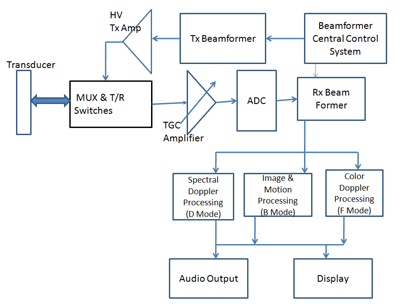
Fig. 1. Ultrasound scanner block diagram
The Ultrasound modality has two main sections:
1. The analog section comprising of muxes, pulsers, time gain compensation amplifiers and ADC.
2. The digital section comprising beamforming, signal processing and display + audio
The analog section is getting into a lot of miniaturization, and in the process, achieving better noise performance and improving the overall performance of the systems. Semiconductor companies have announced the development of chips with integrated functionalities such as low-noise gain compensation amplifiers and ADC. These chips have better noise performance and are also capable of processing multiple channels of data coming from transducers, which help the miniaturization and reliability. These devices also provide the flexibility of programming the gain on the fly and help achieve better gain compensation in the ultrasound image.
Traditionally, the digital section is implemented in the proprietary ASICs or FPGAs. Today, the multi-core DSPs are capable of performing the high-end, real-time image processing and rendering. Semiconductor companies have optimized the available software libraries. Image processing in software provides many system level advantages in terms of usability, maintainability and configurability, while driving the overall product cost down.
Software image processing has also helped the system-level architecture to change and handheld ultrasound equipment to evolve. The image processing has been logically and architecturally divided between a ubiquitous PC and a DSP/processor (figure 2).
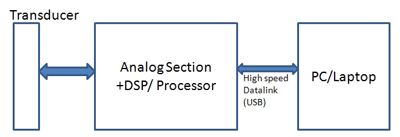
Fig. 2. Portable or handheld ultrasound scanner block diagram
With miniaturization, suddenly ultrasound modality seems to become easily available, affordable and reliable.
The importance of clarity in imaging
The image processing has further advanced from just rendering, and has begun to help doctors diagnose diseases precisely and easily. Disease diagnosis via visualization is subjective. It has high dependency on the interpretation by a medical practitioner, which can vary from one to the next.
In addition, there are several other factors that can contribute to a “false-positive” test result. The primary reasons include image noise followed by image-to-image variance in an imaging modality. A primary (but elusive) goal of medicalpractitioners is to minimize or completely eliminate “false-positives”. This necessitates a need for non-subjective, accurate and reliable methods for image interpretation. The need for these methods is realized by signal and image processing algorithms. These algorithms “mimic” the manual image interpretation process and allow objective measurement of anatomical structures. They can act as a “second opinion” to a medical practitioner and supplement the disease diagnosis process.
The portable and handheld ultrasound modalities coupled with the computer-aided disease detection technology can helps doctors to quickly provide the care needed for the most prevalent disease such as cardiac disease. The computer-aided detection tool, Cardiac CAD, (figure 3) will read an echocardiogram and provide quantified cardiac parameters.
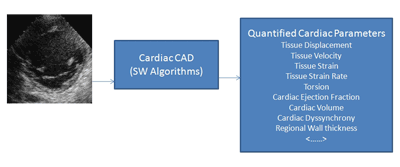
Fig. 3. Computer-aided detection (Cardiac CAD)
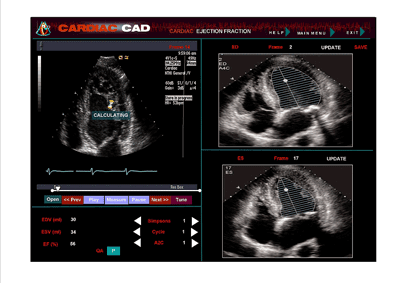
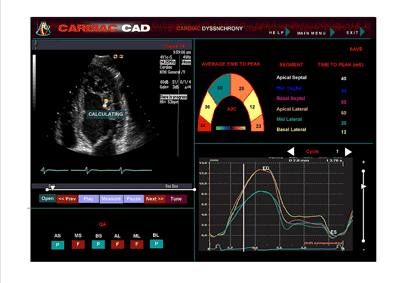
Fig. 4. Cardiac CAD echocardiogram
Various algorithms like object tracking, image registration and image segmentation techniques are applied on the echocardiograms (figure 4) to improve the image quality and also to help reduce the subjectivity in interpreting these images for disease detection.
Once the subjectivity in the image interpretation is gone, the medical practitioner can make an quick and accurate decision.
Short range wireless technologies (especially Bluetooth) are also major contributors aiding with healthcare delivery. As the devices’ connectivity improves and the data is accessible from the IEEE11073 compliant devices for software applications, the healthcare delivery will further improve, providing benefits to the humankind.
Advertisement
Learn more about MindTree Ltd.





